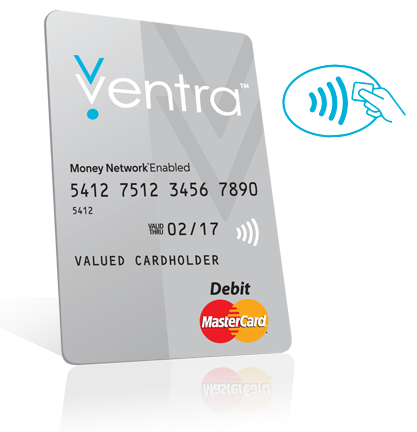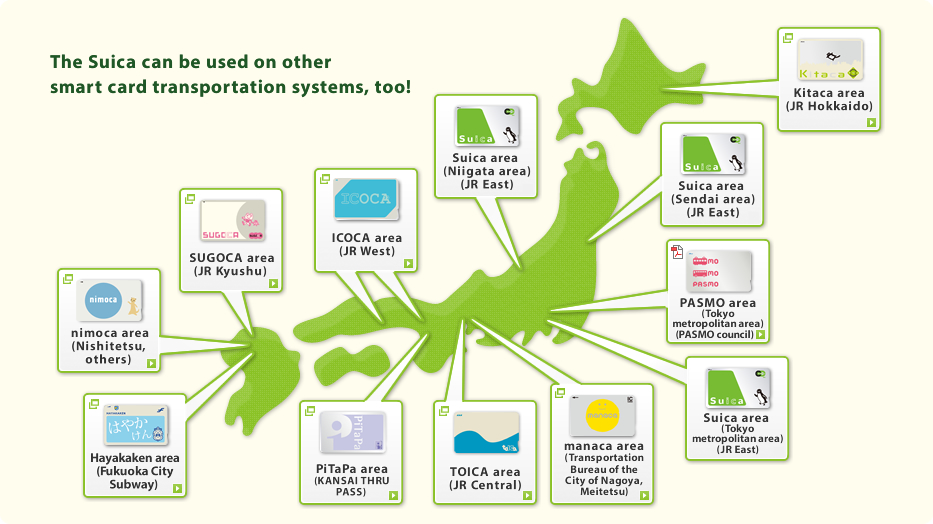One of the biggest obstacles to using public transportation is the
need to figure out how to pay your fare. Each system has a different
method. If it's cash, usually exact change is required, or your change
is encoded on a card which can only be used on the transit system that
issues it.
Lots of metro areas in the US have their own regional fare-card which can be used on multiple systems in the region, like Chicago's Ventra card. Some of these are good only on transit; others are also debit cards that can be used like other bank debit cards. Again, Chicago's Ventra is an example.
(BTW, Ventra has a very
poor reputation in Chicagoland, due to the way in which it was rolled out to replace the "Chicago Card". That may be due to the management company that handles system; I've heard that the San Francisco Bay Area's Clipper Card, managed by the same company, is not rated highly either. I'm not aware of similar cards in other areas having such a poor reputation.)
Lots of metro areas in the US have their own regional fare-card which can be used on multiple systems in the region, like Chicago's Ventra card. Some of these are good only on transit; others are also debit cards that can be used like other bank debit cards. Again, Chicago's Ventra is an example.
(BTW, Ventra has a very
poor reputation in Chicagoland, due to the way in which it was rolled out to replace the "Chicago Card". That may be due to the management company that handles system; I've heard that the San Francisco Bay Area's Clipper Card, managed by the same company, is not rated highly either. I'm not aware of similar cards in other areas having such a poor reputation.)
What's in it for me?
For the transit user, there are a number of advantages: the cards are quick and easy to use, often just requiring a quick touch on a reader at the station or as you board a bus; they can be used on many regional transit providers; and if you aren't eligible for credit (or choose not to "live on credit") you can add cash to your card at a station, convenience store or online. Some have a smartphone version that can be used instead of a card. Many Chambers of Commerce encourage conference hosts to provide their registered guests with a regional transit card, pre-loaded with a certain amount of cash to make it easy for visitors to hop on and off the bus, light rail, subway, or commuter train. A great way to welcome visitors to your city! I've received transit cards at conventions in Los Angeles, Seattle, Boston, and Washington, D.C.Today in Japan
That's in the US. Right now, I'm in Japan. I received a Suica card when I registered for the Highspeed Rail conference in July 2015, issued by the major Tokyo rail transit provider East Japan Railway Company ("JR East"). The cards were specially printed with photos of JR East's newest high speed trains, but internally they're just like any other Suica card.
Suica is JR East subsidiary, and I understand this is a source of both savings and revenue for the company. Savings, because electronic transactions are far quicker and more cost-effective than cash. Both require "point of sale" (POS) devices, and recognizing a card electronically is much simpler than recognizing the wide variety of bills and coins people are likely to try to put into a farebox.
The system has great revenue advantages for the transit provider as well: each card, to be valid, must be pre-loaded with money - usually a certain minimum amount ($5-10 is common in the US). That money sits in the transit provider's bank account for an indefinite amount of time, depending on how often the individual rider actually uses the train or bus. Money in the bank earns interest and can be used for capital projects as well.
The Suica card is accepted on JR affiliates, of course; but also on all most transportation providers in the region. And not only in the region: Suica is interchangeable with any of a wide variety of other farecards throughout of Japan. As a transit card,there are limits, of course: they can't be used on high speed trains, and when crossing on a train from one region to another, you have to get off, go through the ticket gate and re-enter, possibly having to wait for the next train. And they're not valid for services that require a surcharge, like business class or express trains. They are basically intended as transit cards, not all-purpose tickets to get you everywhere in the country.
Still, they've almost reached the "holy grail" of fare payment systems: Any provider, any city, nationwide. Here's a map of the transit systems with which Suica is interchangeable:






